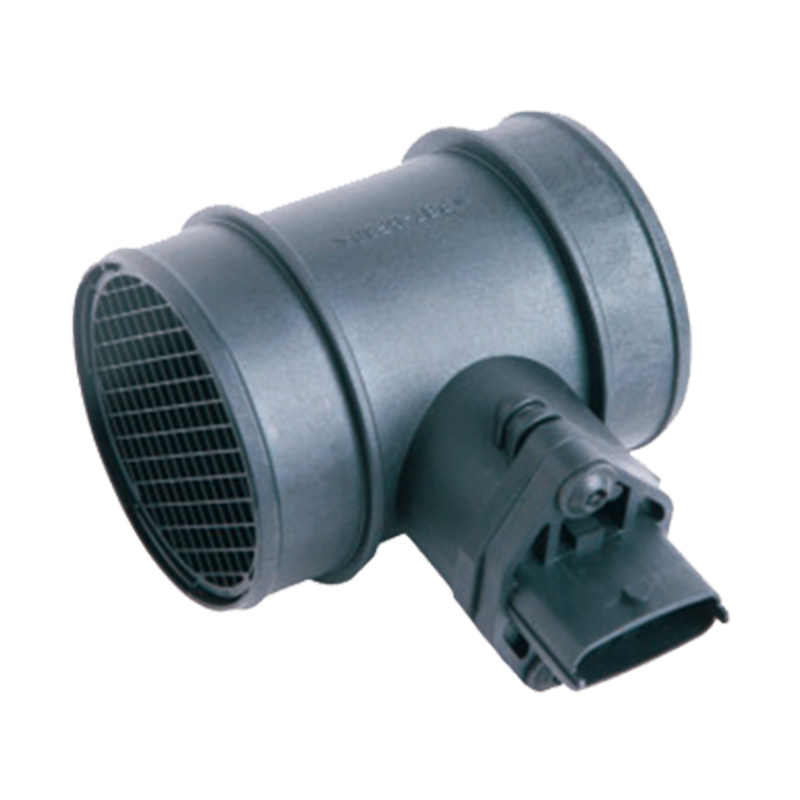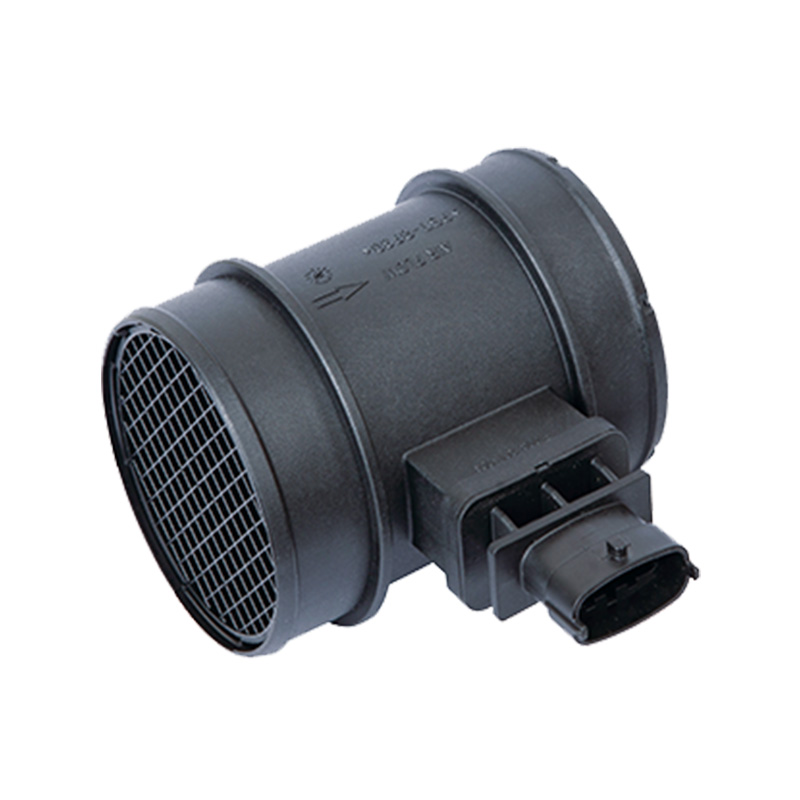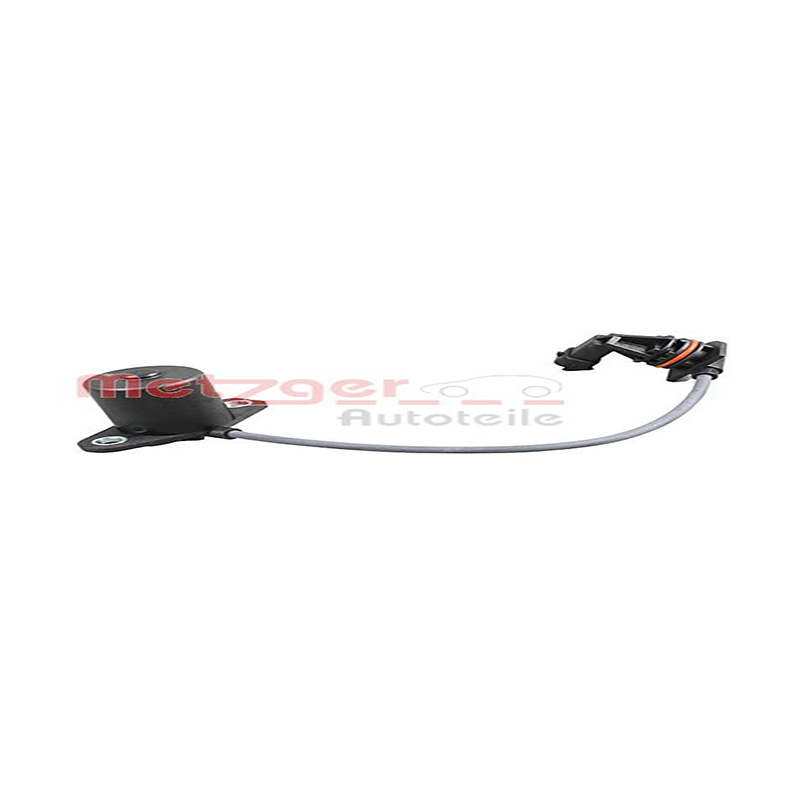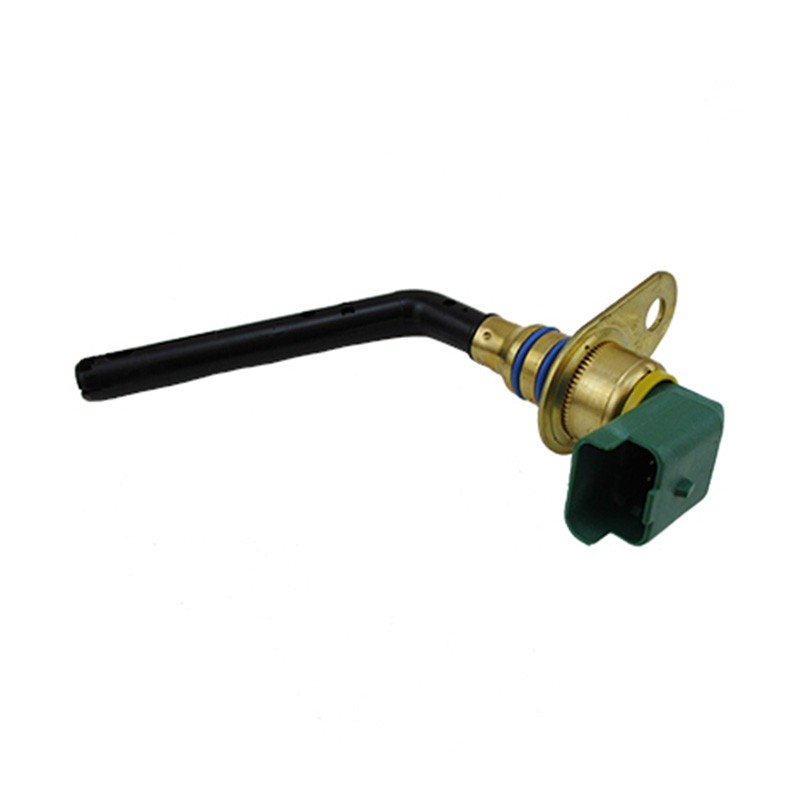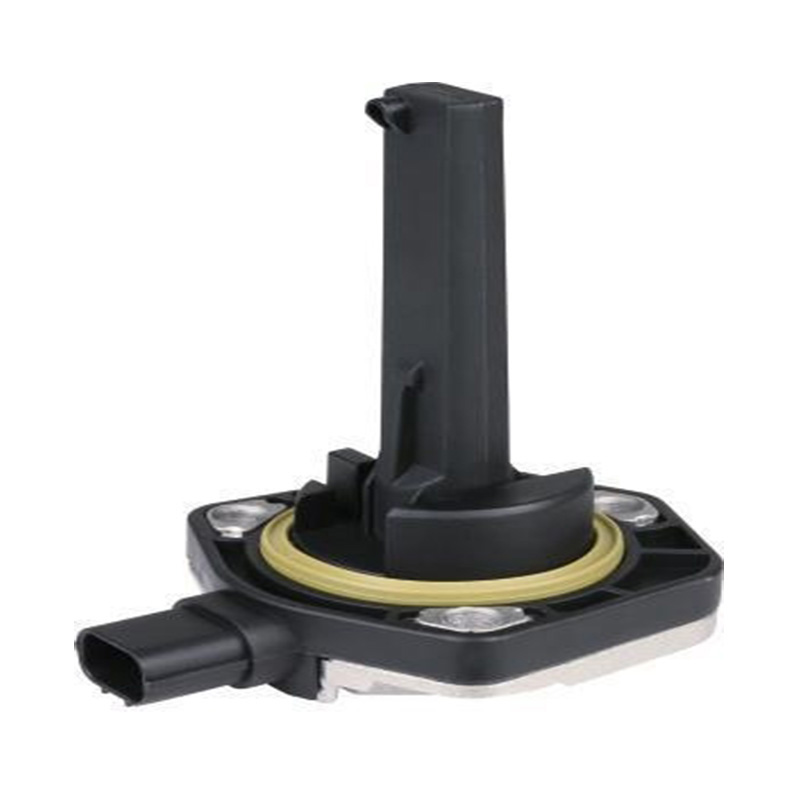OEM.NO: 0281 002 180
See DetailsWhere Is The Oil Level Sensor Installed?
The oil level sensor, a crucial component in modern vehicles, is designed to monitor the engine's oil level and ensure that it remains within a safe operating range. This sensor is typically installed in the engine oil sump, where it can accurately measure the oil level as the engine operates.
The continuous flow of oil during engine operation necessitates a reliable and responsive oil level sensor to prevent potential damage due to low oil levels. An electronic oil level sensor, which is often used in conjunction with a universal oil level sensor, provides an added layer of protection by offering real-time data and alerts to the driver.
Importance of the Oil Level Sensor Installed
The oil level sensor installed in a vehicle serves as a vital link between the engine's health and the driver's awareness. When the engine is in operation, it generates heat and friction, both of which can be mitigated by the lubrication provided by engine oil. The oil level sensor installed monitors the oil level to ensure that there is sufficient lubrication to prevent excessive wear and potential engine failure. If the oil level drops too low, the sensor installed can trigger a warning light on the dashboard, alerting the driver to the issue.
Function of the Electronic Oil Level Sensor
An electronic oil level sensor is a sophisticated device that uses electronic signals to communicate the oil level to the vehicle's computer system. This type of sensor installed is more advanced than its mechanical counterparts, providing precise measurements and quick responses to changes in oil level. The electronic oil level sensor installed can interface with the vehicle's dashboard to display the current oil level or alert the driver when the level falls below a certain threshold.
Universal Oil Level Sensor Applications
A universal oil level sensor, as the name suggests, is designed to be compatible with a wide range of vehicles and engine types. This versatility makes it a popular choice for mechanics and vehicle owners who need a reliable and adaptable sensor installed. The universal oil level sensor installed can be calibrated to work with different oil capacities and can often be programmed to work with a vehicle's specific warning systems. This adaptability ensures that the sensor installed can provide accurate and reliable readings, regardless of the make or model of the vehicle.
Installation and Maintenance
The process of installing an oil level sensor involves several steps, including accessing the engine oil sump, removing the old sensor, and securing the new sensor in place. It is important to follow the manufacturer's guidelines for installation to ensure that the sensor installed functions correctly. Regular maintenance of the oil level sensor installed is also crucial. This includes checking for any signs of damage, corrosion, or wear, and replacing the sensor if necessary.
Diagnostic and Troubleshooting
When a vehicle's engine performance is not up to par or if there are issues with the engine's operation, the oil level sensor installed can be a key diagnostic tool. Mechanics can use the data provided by the sensor installed to identify problems with the engine's lubrication system. If the electronic oil level sensor installed is not functioning correctly, it can lead to a variety of issues, including incorrect oil level readings, false warnings, and even engine damage due to insufficient lubrication.
Impact on Fuel Efficiency and Emissions
A properly functioning oil level sensor installed can contribute to a vehicle's fuel efficiency and help maintain low emissions. When the engine is properly lubricated, it can operate more smoothly and with less friction, which can lead to better fuel economy. Additionally, the sensor installed can help ensure that the engine is not overfilled with oil, which can lead to increased emissions and a decrease in fuel efficiency.
The oil level sensor installed in Mazda vehicles and other automotive applications is a critical component for maintaining engine health, performance, and safety. The electronic oil level sensor installed and the universal oil level sensor installed offer advanced monitoring capabilities and versatility, respectively. Proper installation, maintenance, and diagnostic use of these sensors can significantly extend the life of an engine and enhance the driving experience.
